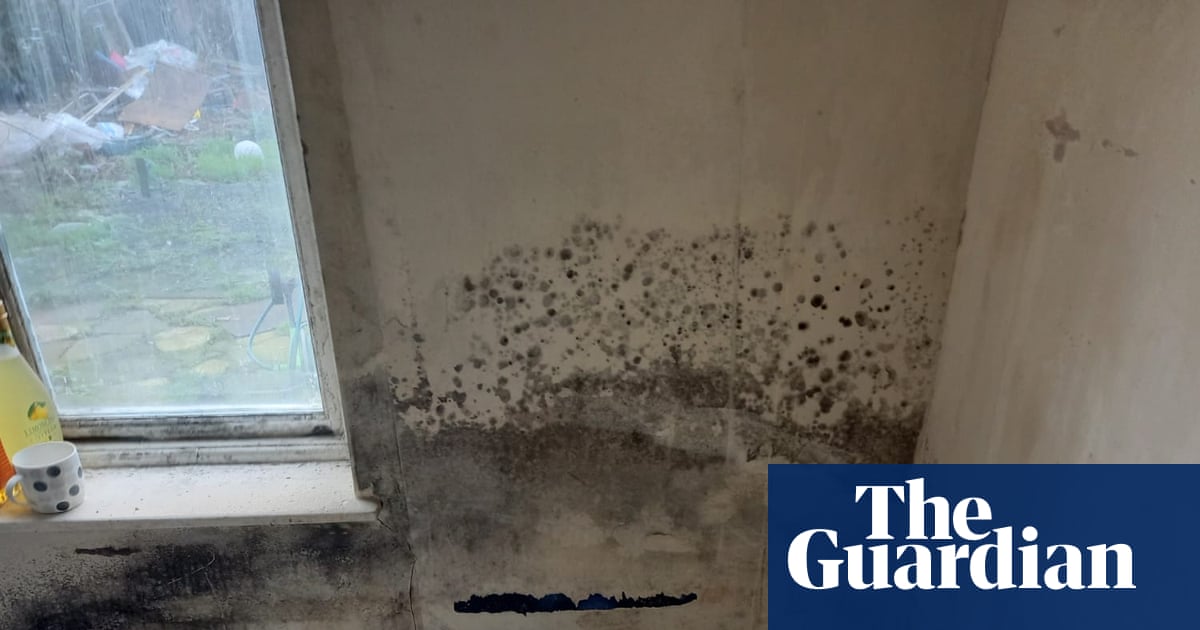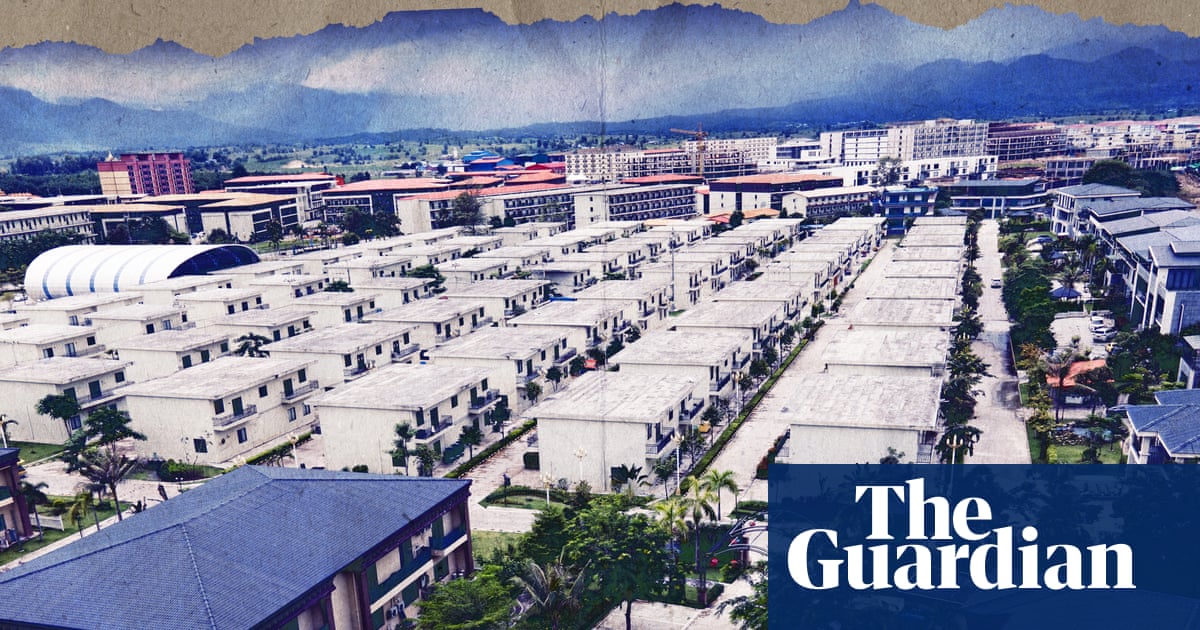Recent announcements by the government of “record” flood defence investment overshadow welcome improvements to how these projects are to be funded in future. But insurer warnings over the ability to cover people’s homes in flood-prone areas should jolt the government from its conflicted policy stance in this field (Towns may have to be abandoned due to floods with millions more homes in Great Britain at risk, 14 October)
Investment of £10.5bn over the next 10 years is technically “a record”, but less of an increase than the Environment Agency’s updated assessment of national flood risk earlier this year. And compared with the more than £100bn being spent by water companies over just five years to clean up sewage and build reservoirs, it’s a comparative drop in the (rising) ocean.
The government must enable landscape-scale reforestation of upper catchments to hold back water. But its land-use framework, which could identify suitable land less vital for food production, is still to break cover, and its sustainable farming incentive subsidy, which could encourage water management activities, is on pause.
We should be adopting “sponge city” approaches to water storage and drainage, pioneered in China and increasingly adopted across the world. But the government appears to now regard a mandatory requirement to do so as another one of the blockers to its housing ambitions. Recent proclamations by the environment secretary, Steve Reed, to “build, baby, build” may speak to one national crisis. But he should “sponge, baby, sponge” too.
With the water regulation shake-up to be confirmed in the autumn, there are opportunities to ensure that the growth agenda is climate-resilient and nature-restorative. The blocks to this appear to be the chancellor and the housing department, both of whom should care about housing insurability.
Alastair Chisholm
Director of policy, Chartered Institution of Water and Environmental Management
Flood risk is one of the fastest-growing threats to our built environment (Editorial, 14 October), but not enough attention is being paid to the misalignment of flood-risk mitigation and housebuilding ambitions. The government rightly hopes to build 1.5m homes this parliament, while simultaneously hoping to introduce swathes of flood-mitigation measures. These will come into conflict – and already are with the “sequential test”, whereby development needs to be located in the lowest-risk viable land. This has come under fire from developers, who see it as a hindrance to housebuilding as many local authorities have routinely failed to provide data ahead of planning applications, only to then refuse the application at the decision stage.
The answer is to align policies on housebuilding and flood mitigation. This cannot simply mean putting pressure on developers to follow rules that will not function in practice. Or putting an onus on local authorities to provide local plans with detailed provisions on land supply to keep development in line with flood-risk ambitions, as this presumes a council-level capacity that simply is not there.
Instead, the government must think about how to help local authorities source flood-risk data to speed up information-gathering for planning decisions, and how low- or medium-risk sites can be mitigated by developers to allow for building without compromising our obligations towards people who want to own a home without fear of it flooding.
Laurie Wilcockson
Policy Liaison Group for Housing Delivery & Growth

 1 month ago
45
1 month ago
45

















































